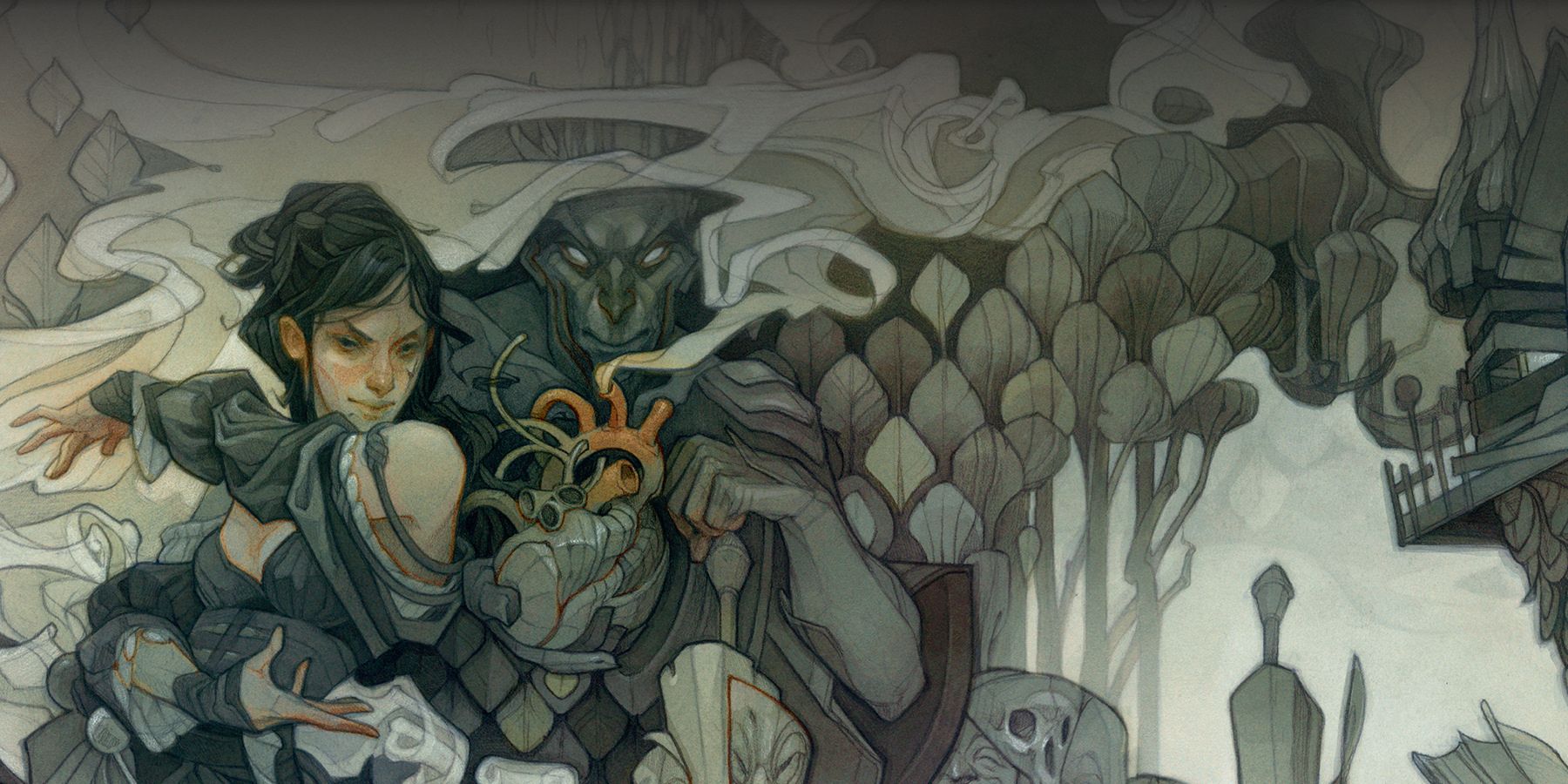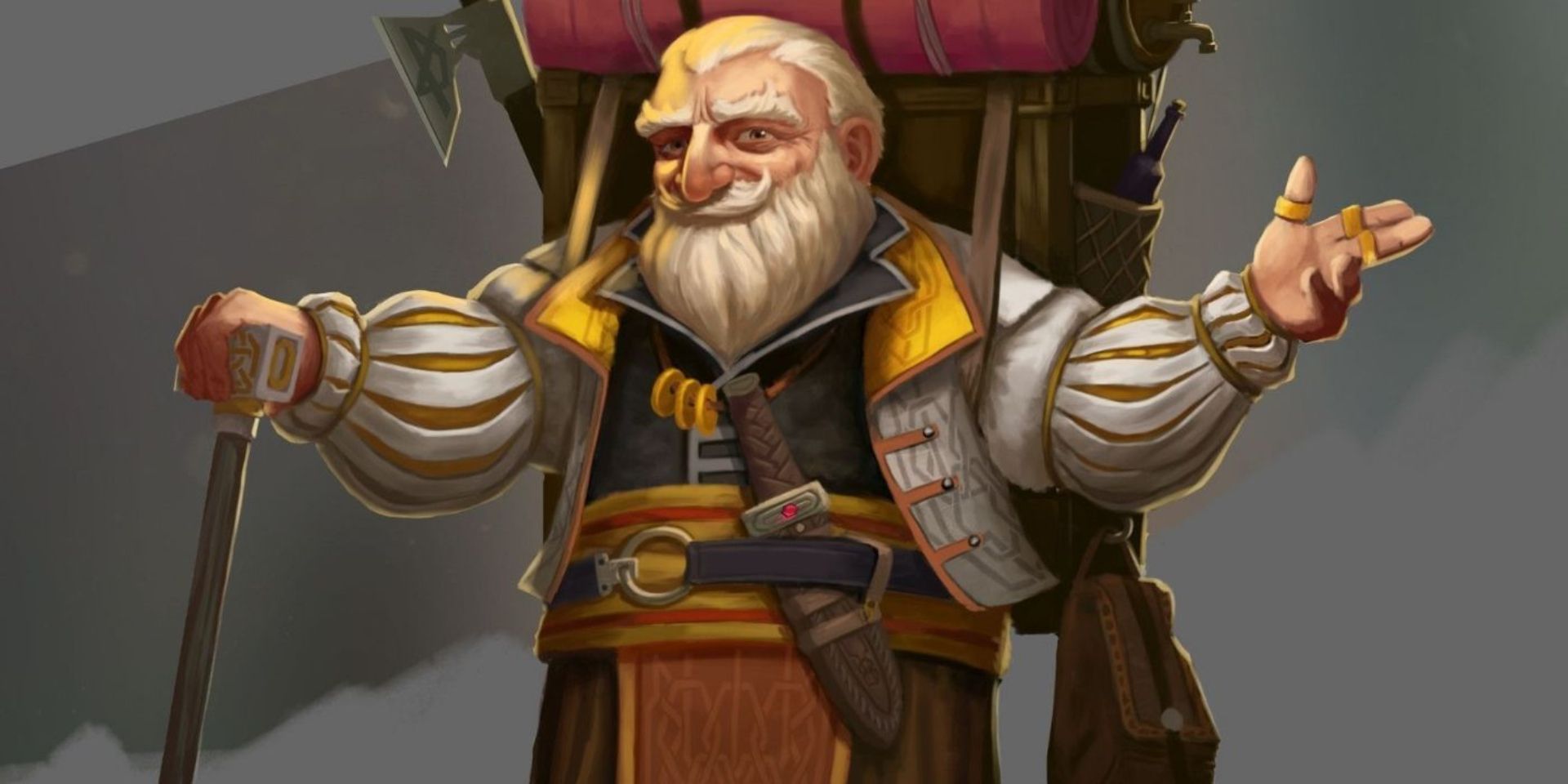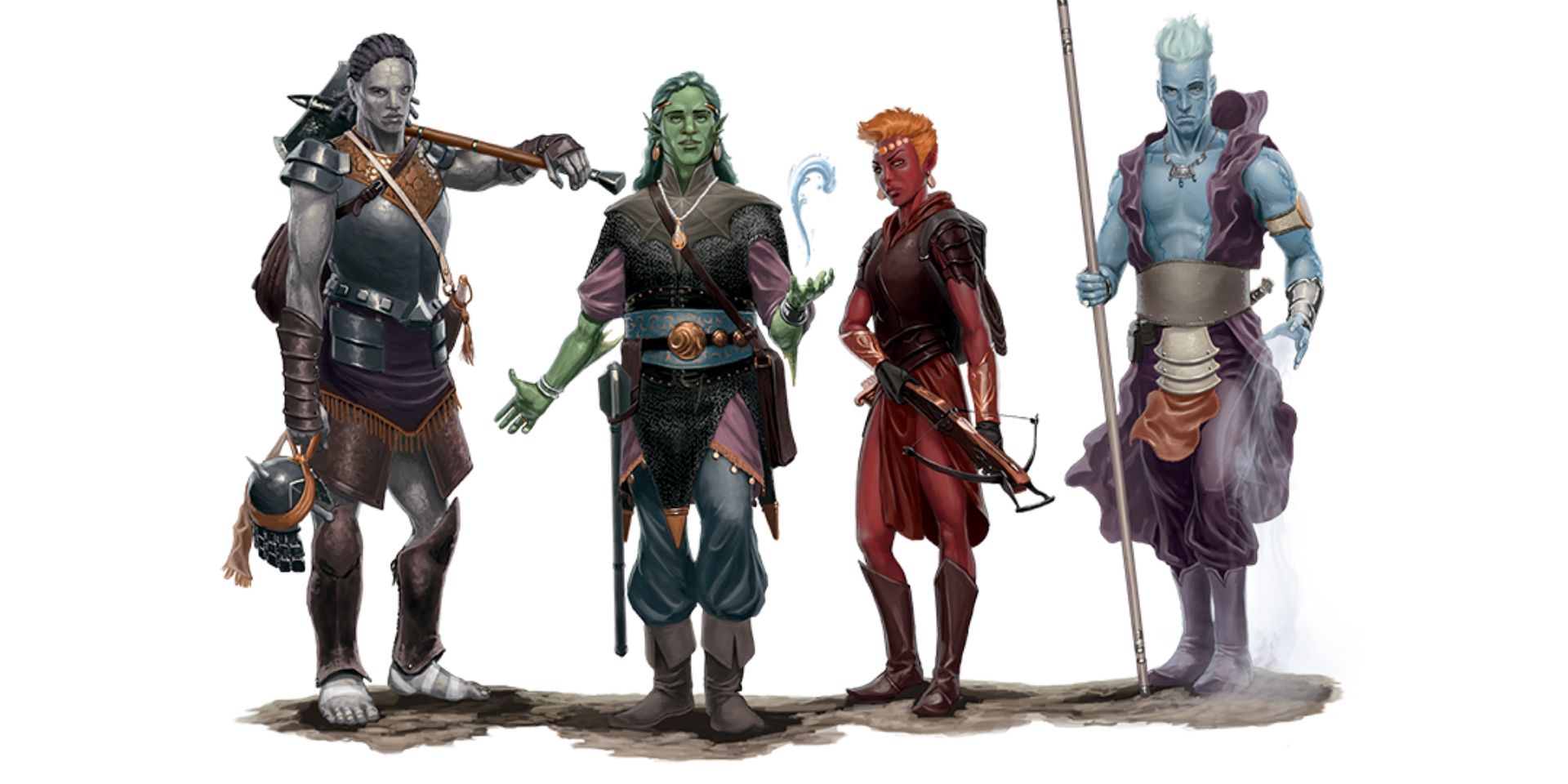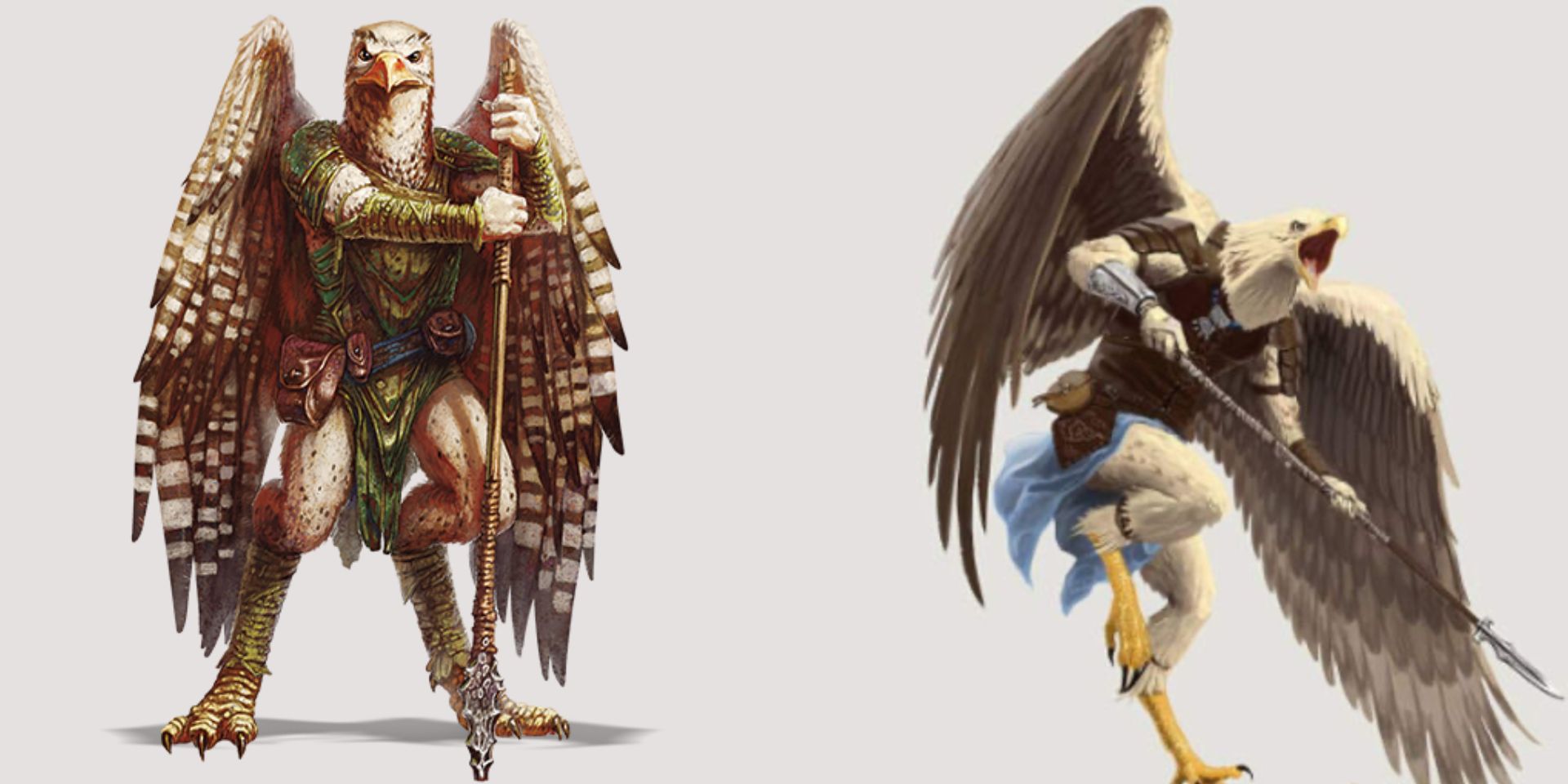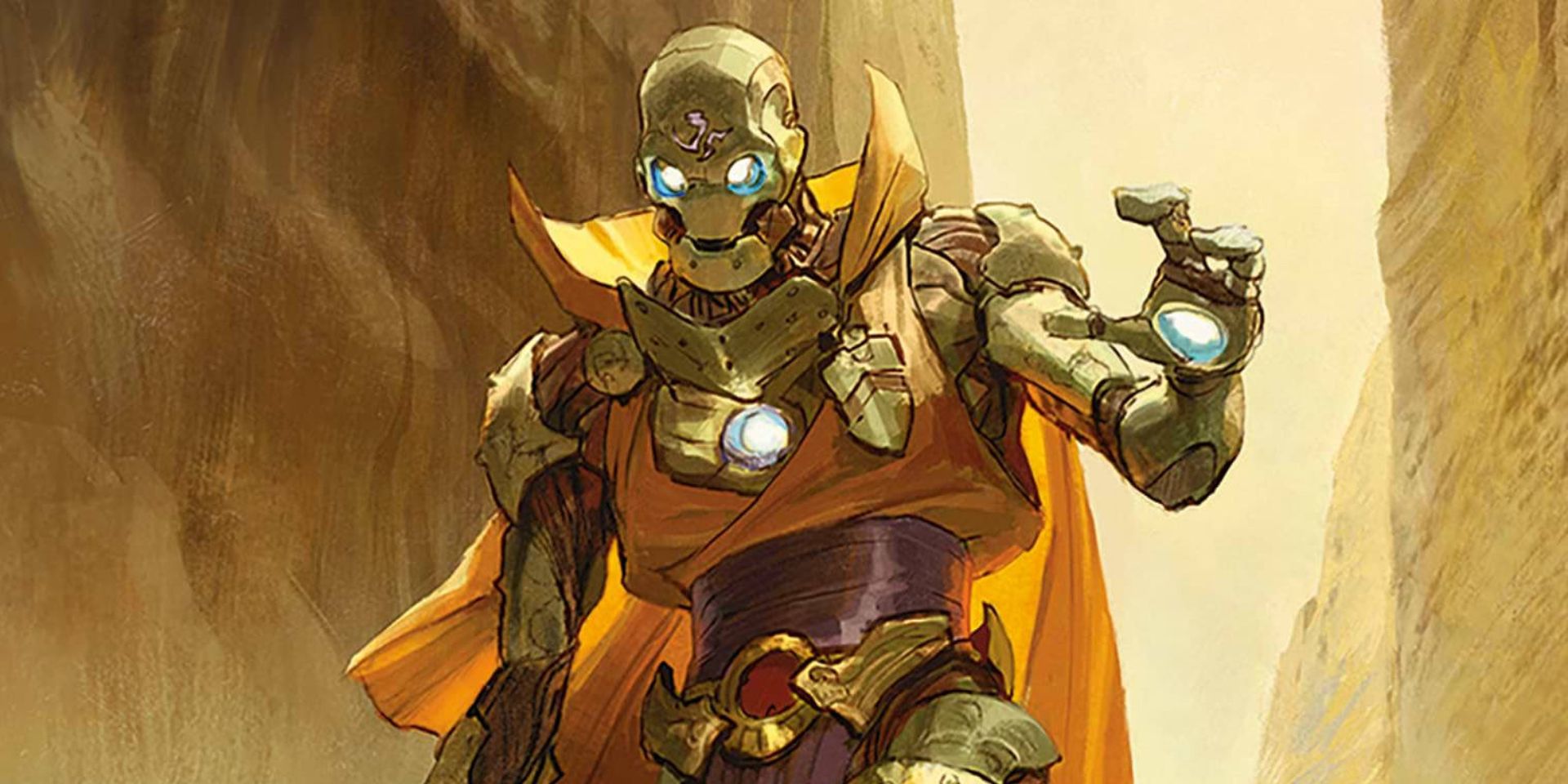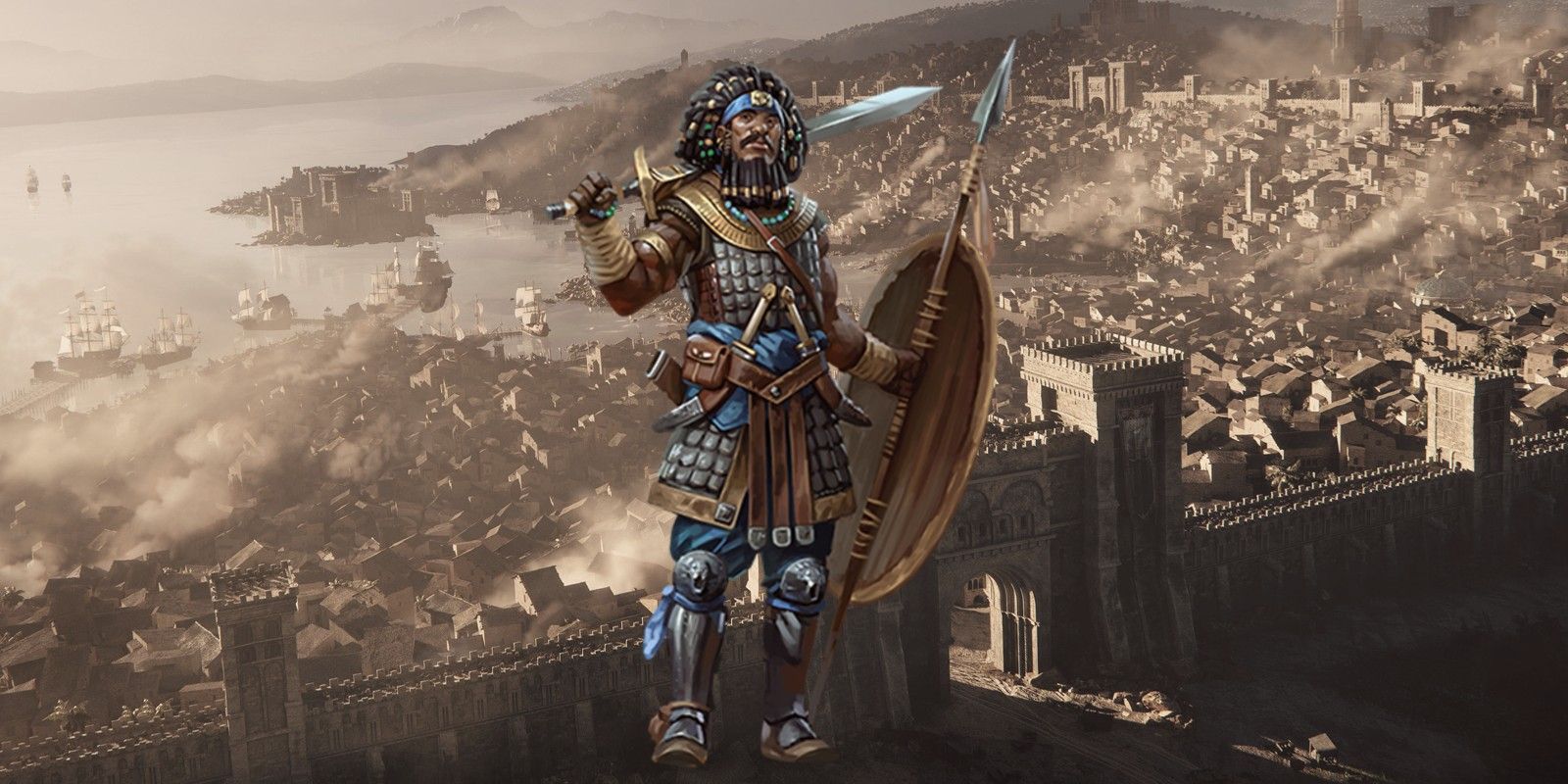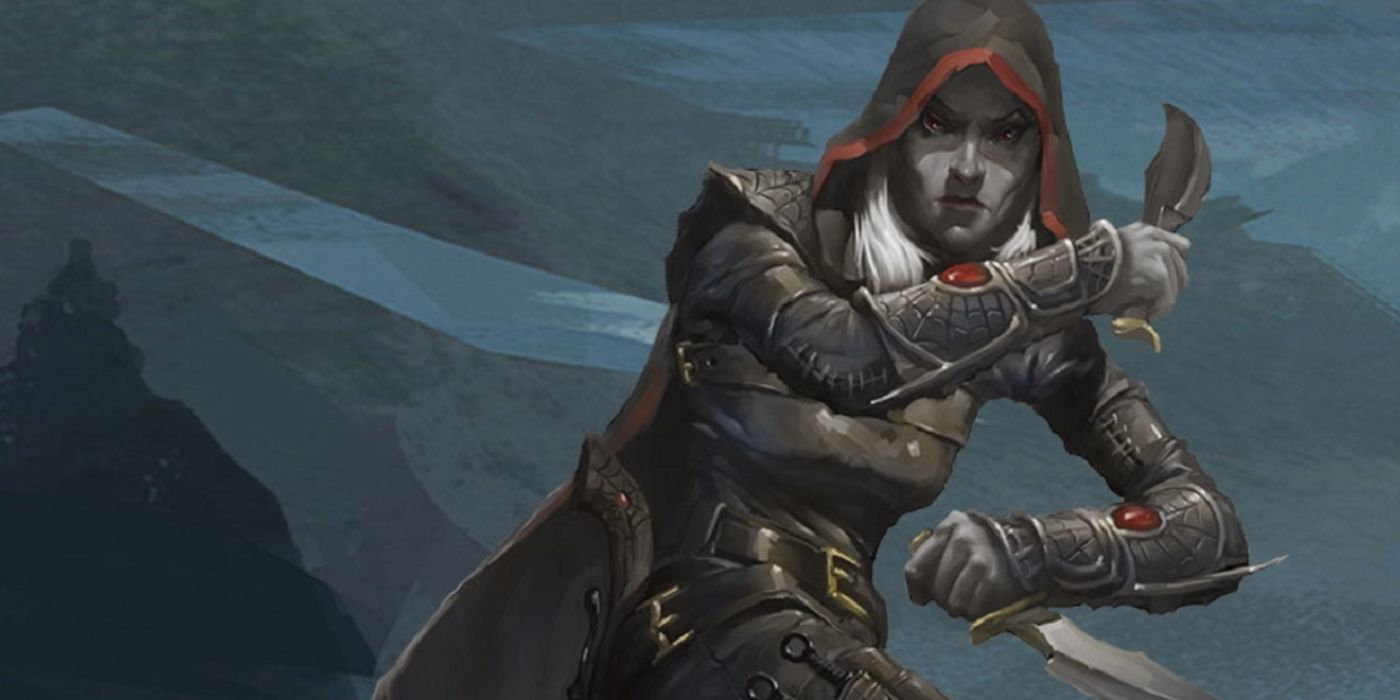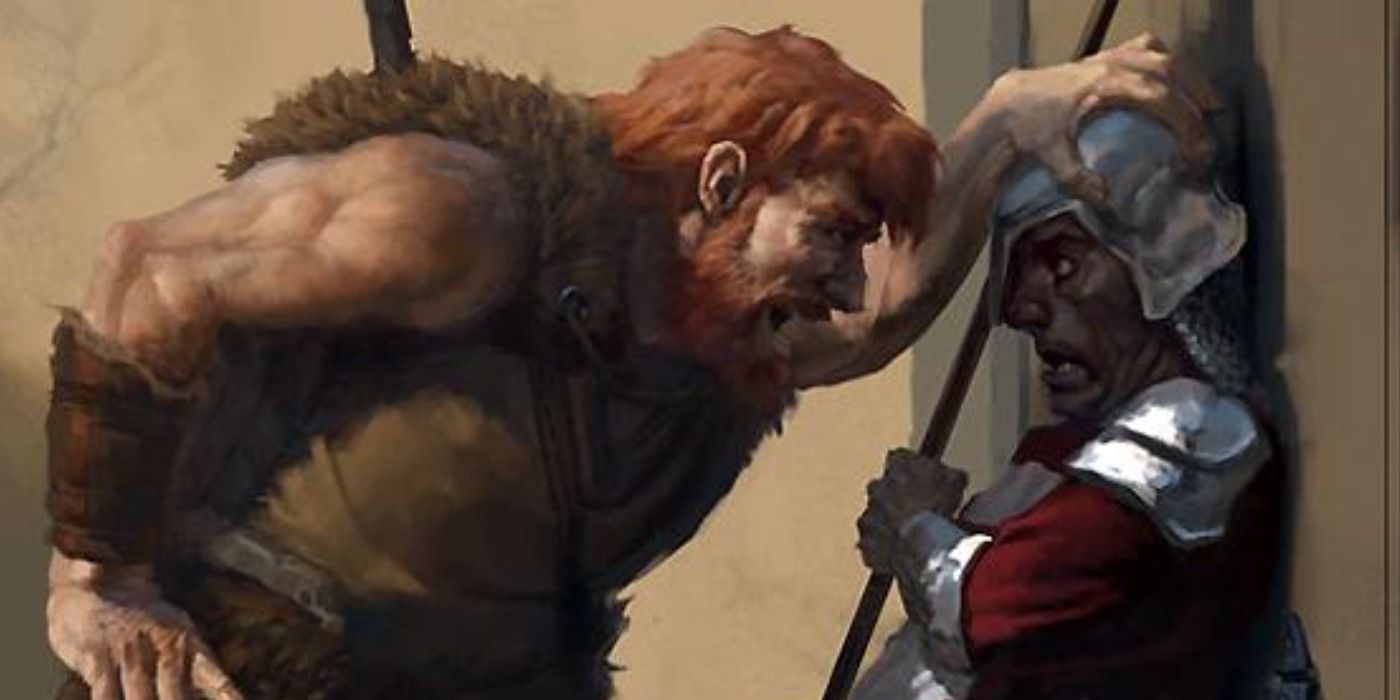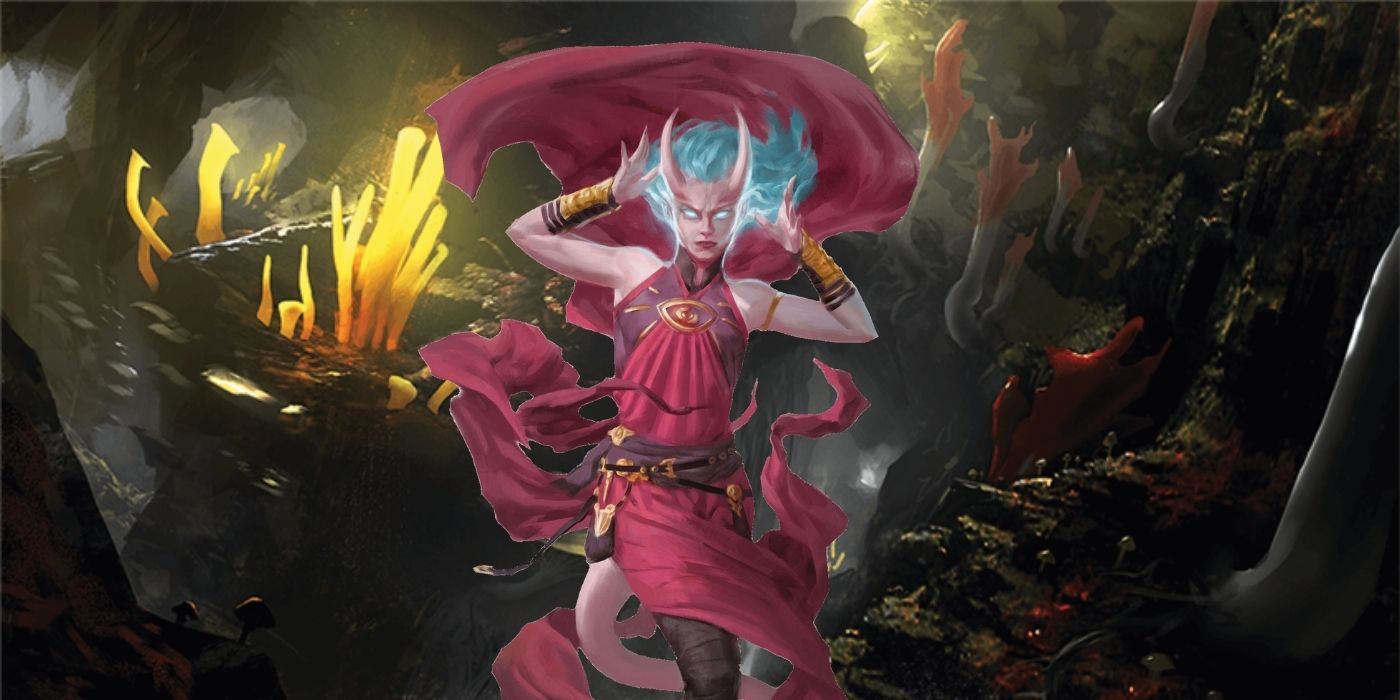The fifth edition of Dungeons & Dragons has many different character classes and many different fantasy species for players choose from, but they don't cover every possible archetype of fantasy protagonist. Still, with a bit of creativity and a basic understanding of D&D's core mechanics, players and Dungeon Masters can easily re-flavor the narrative attached to certain character class or character race rules, making them fit the cool fantasy character concept they have in mind.
When Gary Gygax and Dave Arneson created the rules, settings, and magical themes of Dungeons & Dragons in the 1970s, they drew heavy inspiration from the many classic works of epic fantasy fiction they had read over the years. Early D&D character classes were inspired by fantasy novels; classes like the Fighter, Wizard, or Rogue were particularly influenced by the tales of Conan the Barbarian, Fafhrd and the Gray Mouser, and the spell-memorizing magicians from the Dying Earth saga. The dungeon-crawling gameplay of old school D&D, where players and their characters used blades, magic, and no small amount of ruthless cunning to defeat monsters and plunder treasure, owes a lot to the unscrupulous heroes of classic sword-and-sorcery fiction.
The most iconic character races of classic Dungeons & Dragons, on the other hand, borrow heavily from The Hobbit, The Lord Of The Rings, and other fantasy works by J.R.R. Tolkien – indeed, the Tolkien Estate once sued the makers of D&D over this, eventually forcing them to remove all references to "Hobbits," "Ents," and "Balrogs" from their sourcebooks. True to Tolkien's Middle-Earth fantasy setting, D&D Elves are generally portrayed as long-lived and in tune with nature, Dwarves are generally portrayed as bearded and good with artifice, and Halflings are (in the current fifth edition rules) lucky, nimble, and culturally pastoral. Over the course of many years and editions, D&D's founders created a broader array of class and race options to accommodate character archetypes that don't fit into the usual paradigms, but there are still plenty of fantasy character archetypes the current rules of D&D don't cover. Creative D&D players, with their Dungeon Master's feedback, might create their own custom character archetype by adapting and re-flavoring rules from the original narrative descriptions of these races and classes.
Gnomes Make A Perfect Template For Smaller D&D Creatures
The rules in D&D for the Gnome race, themed around the traits of intelligence, tinkering, and a short stature, are a good base template for players who want to create a magical species distinct from Elves, a "tiny" species distinct from Halflings, or even an subterranean species distinct from Dwarves. Instead of tiny, white-haired creatures who tinker with clockwork and wear red hats, the Gnome species template can be used to represent humanoid versions of burrowing animals, mischievous faeries, and more.
D&D's Genasi Can Be Modified To Make Magical Characters
The Genasi race, introduced in the Elemental Evil Player's Companion D&D book, comes in four variants corresponding to the four classical D&D elements of Fire, Water, Air, and Earth. The innate spell-casting abilities and resistances of the Genasi make them a good template to use for any other magical species with elemental characteristics such as mythical salamanders, phoenix people, or creatures made of living clay.
Aarakocra Can Build Any Flying D&D Race Players Dream Up
The Aarakocra, another Dungeons & Dragons playable race from the Elemental Evil Player's Companion, are a species of bird people with talons and large feathered wings that let them fly. Though sometimes over-powered at low levels, the innate abilities of the Aarakocra player race make them a good template for creating any creature with functioning wings such as bat people, flying monkeys, or sentient pterodactyls.
D&D's Warforged Are Great Templates For Artificial Or Machine Races
Warforged, first introduced in the D&D sourcebook Eberron: Rising From The Last War, are primarily described as magical robots or automata initially built to serve as soldiers, scouts, or diplomats for large-scale wars. The integrated armor and and fortitude-based abilities of the Warforged "race" make it an excellent template for D&D characters who are artificial in origin (i.e., a homunculus or clay construct created by a mad scientist or magician) or made of substances other than flesh (living wood, living crystal, etc).
Fighter Is One Of D&D's Most Versatile Template Classes
The Fighter, as one of the oldest character classes of Dungeons & Dragons, can represent practically any character archetype skilled with weapons or tools designed to cut or smash. Characters with physically demanding occupations such as mining, lumber-jacking, masonry, wrestling, or blacksmithing can all be represented using D&D's Fighter class and its versatile builds, as can bizarre non-human characters who fight with natural weapons such as pincer claws, serrated forelimbs, spikes, or stinger tails.
Rogues Are A Great Template For D&D Legal Professions Too
From the very beginning, the Rogue character class has been strongly associated with shady character archetypes such as thieves, assassins, and con artists. Still, the stealthiness, surprise attacks, dexterous activities and many skill proficiencies of the Rogue class can just as easily be used to represent characters with more legal occupations such as detectives, artisans, bakers, cooks, duelists, actors, sailors, or scouts (the "Inquisitive," "Swashbuckler," and "Mastermind" Rogue subclasses are particularly good fits for these character archetypes).
D&D's Barbarian Rage Can Thematically Fit Possession & Emotional States
The classic D&D Barbarian character class, true to its title, is flavored in most Dungeons & Dragons settings as a stereotypically wild warrior from a culture outside of civilization, compensating for their lack of sophisticated fighting techniques by flying into wild berserker rages (the misleading and historically inaccurate nature of the "Barbarian archetype" is a topic for another article). Mechanically, the Rage ability core to the Barbarian class is a temporary status effect that grants player characters extra strength, attack damage, and resistance to certain kinds of attacks. Thematically, this ability can be easily re-flavored to represent other altered states of being; possession by a supernatural being, emotional states such as joy and despair, temporary magical augmentation, etc.
D&D Sorcerers Are A Template For Magic Artists
Unlike the Wizard class of Dungeons & Dragons, who gains their powers from the intellectual study of magical formulas in spell-books, Sorcerers gain magic through the power of their bloodline or exposure to a transformative magical force, casting spells through their intuition and emotional conviction. For this reason, the D&D Sorcerer class is a different kind of template that can be used to represent nearly any magical fantasy character who wields magic artfully rather than scientifically, as can be seen with the psychic Aberrant Mind and sacred Divine Soul Sorcerer sub-classes.

